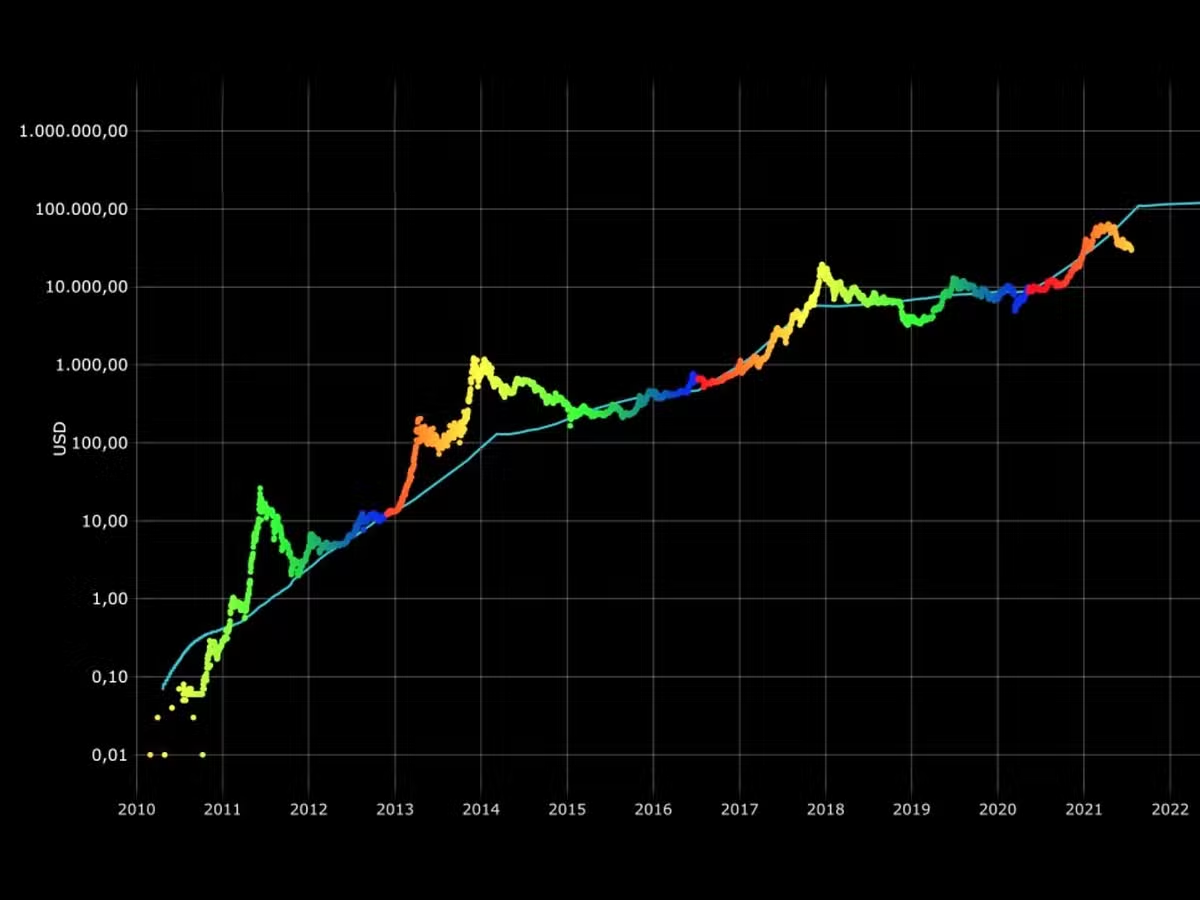How to use fundamental analysis to forecast the price of cryptocurrencies?
One thing is certain about cryptocurrencies: new investors are flooding the market. In September of this year, the entire market capitalization of all crypto assets exceeded $2 trillion, a tenfold rise from the beginning of 2020.
More than 15,000 coins are presently included in CoinMarketCap statistics. You can check not only dashcoin price prediction 2030 but also many other cryptocurrencies. The sector is anticipated to develop at a compound annual growth rate (CAGR) of 12.8% from 2021 to 2030, reaching a worldwide market capitalization of $4.94 billion.
Beyond the stats, younger people are becoming more interested in cryptocurrency. Most cryptocurrency traders are under the age of forty, according to a research by the National Opinion Research Center (NORC) at the University of Chicago.
Another study by BTC Markets revealed that during the 2020–2021 fiscal year, there was a 24 percent rise in the proportion of people aged 18–24 who invested in cryptocurrencies. In the financial year 2020–2021, the rate of new female users enrolling for the cryptocurrency exchange BTC Markets increased by 172 percent, compared to a 79 percent growth rate for males, according to the same research.
However, an interesting finding from the NORC poll is that although 31% of respondents indicated a lack of understanding about cryptocurrency as a reason they don’t invest, 62% of respondents stated they don’t comprehend it.
In order to forecast, analysis is essential. So how can investors SFM price prediction and predictions for other cryptocurrencies? The typical perception that cryptocurrency prices are linear oversimplifies the variables influencing a coin’s value. Sharp price increases and decreases are frequent occurrences for cryptocurrencies.
You could be unsure of the sort of study you should do, how microeconomic and macroeconomic factors impact the cryptocurrency markets, or how variables affect value.
In order to teach you how to anticipate top gainers in cryptocurrencies, we go into depth about the whole fundamental analysis process in this post.
How to forecast the price of cryptocurrency?
Three primary forms of analysis have long been recognized as foundational to the financial industry. The first candlestick charts were created by merchants in the 18th century to analyze and forecast rice prices in Japan. This is when financial analysis as we know it today originally emerged.
The following are the three main types of financial analysis:
- Technical analysis is the study of statistical trends based on data from price charts, patterns, and past price movements.
- Fundamental analysis entails assessing all facets of the market, including regional, national, and international elements as well as political and economic circumstances.
- The historical performance of the market is examined in quantitative analysis. It works in tandem with technical analysis as well as fundamental analysis. Investors may use financial ratio calculations like earnings per share (EPS) or discounted cash flow to conduct quantitative research (DCF)
Given that it takes conclusions from future expectations rather than past occurrences shown as price charts, fundamental analysis is particularly helpful for people attempting to forecast whether a cryptocurrency will increase or decline.
By assisting traders in estimating a cryptocurrency’s worth based on a wide variety of facts, fundamental analysis may be able to help investors make long-term investment decisions.
